mathematicians
G.H. Hardy
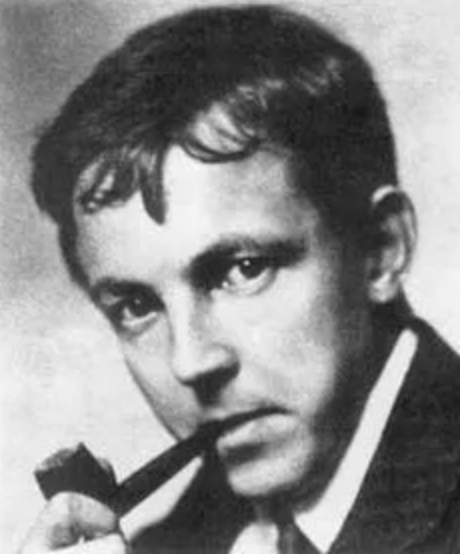
On this date in 1877, Godfrey Harold Hardy was born in Surrey, England. Hardy’s parents were teachers and he showed mathematical ability very early on in life. He attended Winchester College, a traditional British boarding school, for secondary education, where he was awarded a scholarship for mathematics. He entered Trinity College-Cambridge in 1896, where he studied mathematics. Continuing at Cambridge and independently studying mathematics, he earned his M.A. in 1903. He worked as a lecturer at Cambridge from 1909-19, when he left for Oxford, where he took the Savilian Chair of Geometry.
In 1931 he became Sadlerian Professor at Cambridge, a position he held until 1941. Hardy never married and had no known romantic attachments. He described his mentorship of the young Indian mathematician Srinivasa Ramanujan as “the one romantic incident of my life.” His sister cared for him in his old age. Jeremy Irons portrayed Hardy in the 2015 film “The Man Who Knew Infinity,” based on the biography of Ramanujan
Hardy helped to bring a new tradition of pure mathematics to England, which had remained largely applied since the time of Sir Isaac Newton. He worked to bring pure mathematical rigor and proofs to Cambridge, helping to reform the old curriculum which featured many practical problems in hydrodynamics. Although Hardy’s work at the time was purely theoretical, it has since been used to solve many practical problems. Many of his contributions were in the field of mathematical analysis and analytic number theory.
Hardy was a lifelong atheist, refusing to enter a chapel even for funerals or for elections of college officials. (D. 1947)
1. To prove the Riemann hypothesis;
2. To make a brilliant play in a crucial cricket match;
3. To prove the nonexistence of God;
4. To be the first man atop Mount Everest;
5. To be proclaimed the first president of the U.S.S.R., Great Britain, and Germany.— From a list of New Year's resolutions sent by Hardy to a friend in the 1940s; "The Man Who Loved Only Numbers: The Story of Paul Erdos and the Search for Mathematical Truth" by Paul Hoffman (1998)
Nicolaus Copernicus
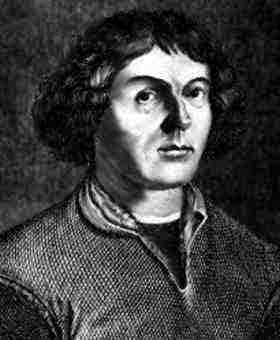
On this date in 1473, astronomer Nicolaus Copernicus (né Nicolaus Koppernigk) was born the youngest of four children in Torun, Poland. He studied a wide range of subjects, including philosophy, Latin, Greek, mathematics, law, medicine and astronomy, at the universities of Krakow, Bologna, Padua and Ferrara. His uncle, a bishop, strongly encouraged him to pursue a career in the church since it would provide economic security, so he pursued a doctorate in canon law.
His uncle helped secure him the position of canon at Frauenburg Cathedral in 1497, which provided a comfortable income and did not require much work. This allowed Copernicus the freedom to pursue interests such as economics, medicine, law, diplomacy, art and astronomy. A bishop later threatened to take away his income unless he entered the priesthood but he continued to refuse. His opinion was so valued that the Fifth Lateran Council sought his views on calendar reform in 1514.
Around this time, Copernicus began circulating his Little Commentary, criticizing the Ptolemaic system that placed Earth at the center of the universe. Copernicus made astronomical observations without the aid of a telescope, which was not invented until 1609.
His most significant contribution to astronomy and science was “De Revolutionibus Orbium Coelestium” (On the Revolutions of the Celestial Spheres). In it he postulated that Earth and the other planets revolve around the sun, in opposition to the church’s universe, in which the sun and other planets revolve around Earth. He completed the book in 1530 and did not allow for its publication until 1541, at the urging of one of his admirers. Without Copernicus’ permission, a preface was anonymously added right before publication, classifying the work as mere hypothetical speculation.
Copernicus supposedly received the published book just before his death. Even though Copernicus dedicated his book to Pope Paul III, who had a fondness for astronomy, in 1616 the book was placed on the Index of Prohibited Books (publications deemed immoral and impious by the Catholic Church). In part, Galileo was condemned to house arrest and Giordano Bruno was executed for the heretical “Copernican” view that Earth was not the center of the universe.
“The Copernican theory contains many absurd or erroneous assertions,” wrote Christoph Clavius, a 16th-century Jesuit priest. It wasn’t just Catholics who were upset. “The fool will upset the whole science of astronomy,” complained Martin Luther.
Toward the end of 1542, Copernicus, who never married, was seized with apoplexy and paralysis and died not much later at age 70. (D. 1543)
“Perhaps there will be babblers who claim to be judges of astronomy although completely ignorant of the subject and, badly distorting some passage of Scripture to their purpose, will dare to find fault with my undertaking and censure it. I disregard them even to the extent of despising their criticism as unfounded.”
— Copernicus in his original preface to "De Revolutionibus" (1543)
Claude Shannon
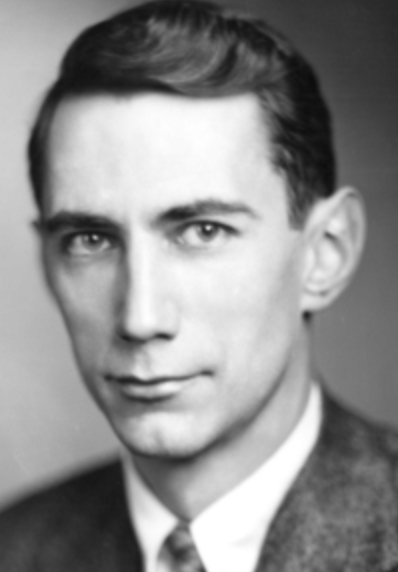
On this date in 1916, Claude Elwood Shannon was born in Petoskey, Mich. He grew up in Gaylord, where he attended public schools and showed a talent for mathematics and engineering. He received a B.S. in mathematics and electrical engineering from the University of Michigan in 1936, then went on to MIT for graduate studies. While working with a mechanical computer called the Differential Analyzer, Shannon came up with the idea for a computer in which numbers would be represented by states of electrical circuits rather than ratios of gears.
He published this work in a master’s thesis which outlined the use of Boolean logic and binary numbers in a digital computer. He then earned his Ph.D. in mathematics in 1940. In 1948 he published a paper, “A Mathematical Theory of Communication,” which is regarded as the foundation of information theory, in which he defined the bit and discussed the mathematics of communication problems. At that time he was attached to Bell Labs, which had just developed the transistor, a technology that greatly improved the viability of the electronic computer.
Starting in the 1950s, technological advances which depended on Shannon’s work were changing the world on a regular basis. His later interests included artificial intelligence, card-counting, finance and juggling (the subject of his last published paper). In the 1950s he also devised a program for a chess-playing computer.
Shannon married Norma Levor, a wealthy Jewish intellectual in 1940 but divorced after about a year. In 1949 he married Mary Elizabeth “Betty” Moore when she was a numerical analyst at Bell Labs. She worked with him on some of his inventions. They had three children. Although Shannon lived into the digital age, he was unaware of later developments due to Alzheimer’s. He lived in a nursing home the last eight years of his life, dying at age 84. (D. 2001)
"Shannon described himself as an atheist and was outwardly apolitical."
— William Poundstone, "Fortune's Formula: The Untold Story of the Scientific Betting System" (2005)
Alan Turing
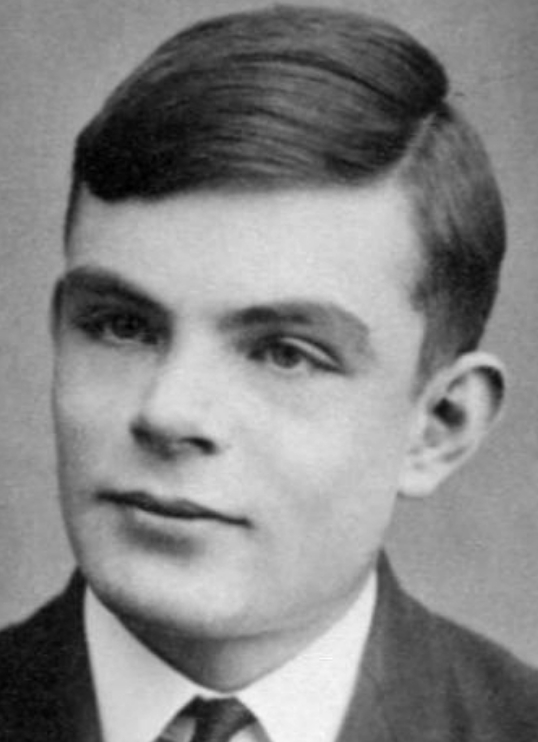
On this date in 1912, Alan Turing was born in London, England. He graduated from Cambridge with a degree in mathematics in 1934 and earned a Ph.D. in mathematical logic from Princeton University in 1938. Turing was a mathematician, cryptanalyst and computer scientist who studied cognitive science and artificial intelligence, among other fields. He was especially influential in the field of computer science.
In 1939, Turing began working for the Government Code and Cypher School (GCCS), which successfully broke the complex code used by the German military to encode their radio communications. This feat was accomplished thanks to Turing’s help designing a revolutionary code-breaking machine called the bombe, which was essential to the Allies throughout World War II. The bombe allowed the GCCS to decode up to 84,000 German messages per month.
Turing is also known for the creation of the Turing Test, a reliable method of testing artificial intelligence, and for proposing the Turing Machine, a multi-purpose thought-experiment computer that would function similarly to modern computers.
In 1952, Turing was convicted of homosexuality and denied further access to the GCCS. Turing chose chemical castration over jail time as his sentence. In 1954 he died of cyanide poisoning in what was determined to be suicide by the authorities. Only a few years later, in 1956, the 1885 Criminal Law Amendment Act under which Turing had been convicted was repealed.
Turing lost his faith as a young adult and became a materialist after a classmate whom he loved died of tuberculosis. Turing’s work with artificial intelligence also influenced his freethought views. “God has given an immortal soul to every man and woman, but not to any other animal or machine. Hence no animal or machine can think. I am unable to accept any part of this,” he wrote in “Computing Machinery and Intelligence” in 1950. (D. 1954)
PHOTO: Turing passport photo at age 16.
"I am not very impressed with theological arguments whatever they may be used to support. Such arguments have often been found unsatisfactory in the past."
— Turing, “Computing Machinery and Intelligence,” Mind (1950)
Frances “Poppy” Northcutt
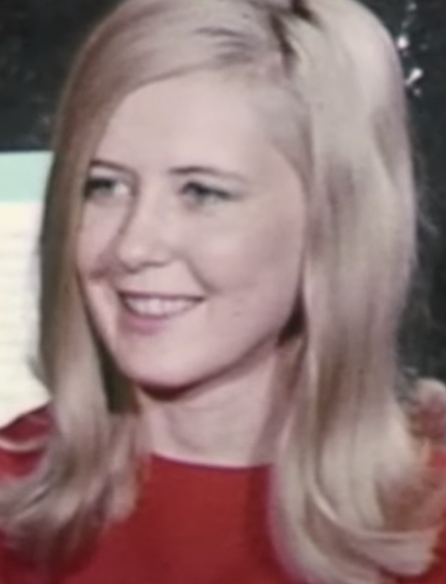
On this date in 1943, Frances Marian “Poppy” Northcutt — computer engineer, attorney and women’s rights activist — was born in Many, Louisiana. She was raised in Luling, Texas, and as a teen was named Miss Watermelon of Luling. Her brother nicknamed her after reading Poppy: The Adventures of a Fairy, a 1934 children’s book. (Aviation Magazine International, March 1970) While the character Poppy was only 4 inches tall, Northcutt as an adult would top 5-foot-9.
After graduating with a mathematics degree from the University of Texas, she went to work as a 22-year-old “computress” (the actual job title) in 1965 at TRW, an aerospace contractor for NASA in Houston. In those days, classified ads had separate sections for male and female employment. Jo Ann Evansgardner and her husband, both later FFRF Life Members, successfully sued in 1969 to stop the practice.
Northcutt was the first woman stationed in NASA’s Mission Control. Her team designed the return-to-Earth trajectory for Apollo 8, the first manned mission to orbit the moon, and for missions through Apollo 13. Television broadcasts that showed her brought heaps of fan mail. ABC reporter Jules Bergman once asked about her potential to distract from the mission: “How much attention do men in Mission Control pay to a pretty girl wearing miniskirts?”
She answered: “Well, I think the first time a girl in a miniskirt walks into [Mission Control], they pay you quite a lot of attention, but after a while they become a little bit more accustomed to you and pay more attention to the consoles.” She told Teen Vogue in 2019 that “all women at that time, in all the places around the world, were living in a sea of sexism.”
In 1981 she graduated from the University of Houston law school while continuing to work as an engineer and as the city of Houston’s first women’s advocate, working to promote equal opportunity municipal employment and pay equity for women. She became the first prosecutor in the domestic violence unit in the Harris County district attorney’s office and worked with the nonprofit Jane’s Due Process to ensure legal protections for pregnant minors in Texas.
Northcutt is not a fan of religion, while not saying publicly what her personal beliefs are. On Oct. 3, 2019, she tweeted a USA Today story detailing the Catholic Church’s successful lobbying to limit lawsuits by survivors of clergy sex abuse. About Texas Gov. Greg Abbott’s comment “The Problem is Not Guns, It’s Hearts Without God,” she tweeted in August 2019 that “I seriously doubt that most of the mass shooters are atheists. Show me the data, Governor.”
On May 22, 2020, she tweeted about several COVID-19 “superspreader events” at churches. “All this money to churches is appalling,” she tweeted on July 10, 2020. “They amass huge holdings free of taxes, litigate zealously to be free of following laws with which they disagree, and then my tax dollars go to them!”
“I think we share the same opponents because both the trans cause and the feminist cause challenge sex roles, and sex role stereotyping is central to most fundamentalist religions. We challenge what our opponents view as ‘natural’ and ‘necessary’ and ‘God-ordained.’ I think they are very afraid of us because we cast doubt on things they view as certainties. And if one certainty bites the dust, then what else might fall?”
— Northcutt, on how people opposing rights for transsexuals also oppose reproductive choice; The Conversation Project (Nov. 30, 2015)
Simon Singh
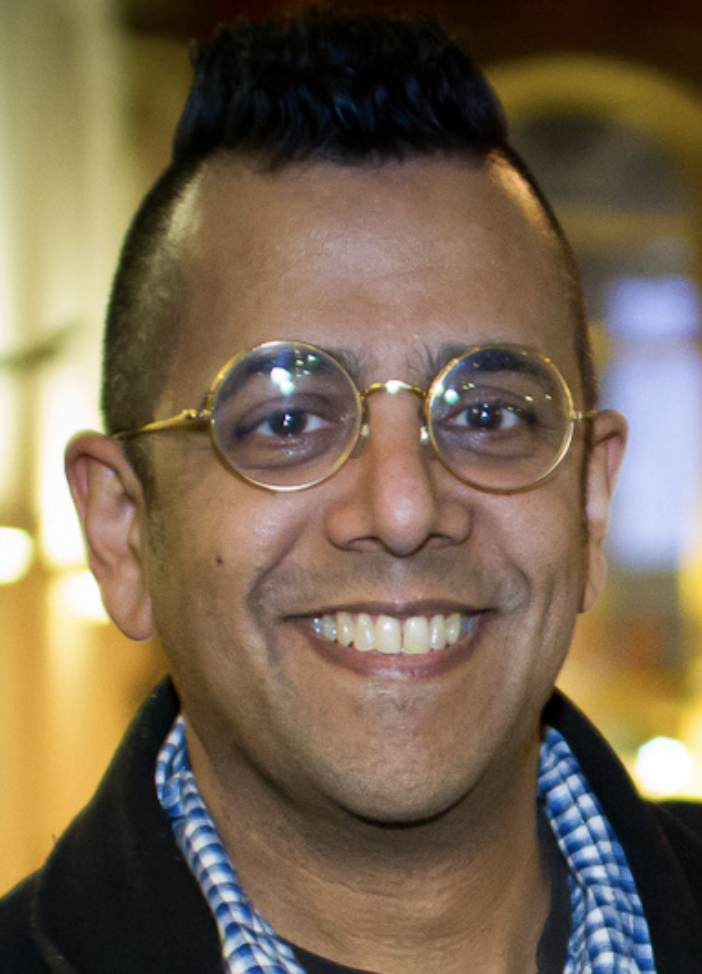
On this date in 1964, Simon Singh was born in Somerset, England, after his parents immigrated to Britain from the Punjab region of India. He majored in physics at the Imperial College in London and received his Ph.D. in 1991 in particle physics from Cambridge University and at CERN, the European Organization for Nuclear Research in Geneva. He eventually became a writer with a focus on math and science. The BBC science department hired Singh in 1990.
He directed the 1996 BAFTA award-winning documentary on a math theorem titled, “Fermat’s Last Theorem.” NOVA showed the documentary in the U.S. under the title “The Proof,” which received an Emmy nomination. Singh turned the documentary into his first book, called Fermat’s Last Theorem in Britain and Fermat’s Enigma in the U.S. In 1999 he published his second book, The Code Book: The Evolution of Secrecy From Mary, Queen Of Scots to Quantum Cryptography. He wrote Big Bang: The Most Important Scientific Discovery of All Time and Why You Need To Know About It in 2004.
His article in April 2008 criticizing chiropractic, an alternative medicine that uses manual therapy, resulted in the British Chiropractic Association suing for libel in a case that Singh won after two years. He became an advocate for fairer libel laws via the Libel Reform Campaign in Britain and co-wrote Trick Or Treatment?: Alternative Medicine on Trial in 2008. Singh is active in the skeptic community. He married journalist Anita Anand in 2007. They live in London with their two sons.
PHOTO: By Richardc39 under CC 3.0.
"For tens of thousands of years, humans have stared up into the heavens and wondered about the origin of the universe. Up until now every culture, society, and religion has had nothing else to turn to except its creation myths, fables, or religious scriptures. Today, by contrast, we have the extraordinary privilege of being the first generation of our species to have access to a scientific theory of the universe that explains its origin and evolution."
— Singh, CNN.com op-ed, "Why I'm dreaming of a white-noise Christmas" (Dec. 24, 2010)
Hermann Bondi
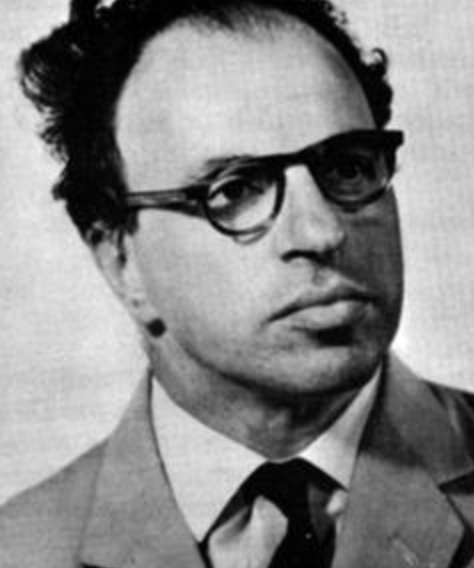
On this date in 1919, Sir Hermann Bondi (knighted in 1973) was born in Vienna, Austria. He graduated from Trinity College with a degree in mathematics in 1940. Bondi worked as a university lecturer at Cambridge University from 1945-48, a professor of mathematics at King’s College from 1954-71 and a master of Churchill College in Cambridge from 1983-90.
Bondi was an astronomer, mathematician and cosmologist renowned for his studies of relativity and black holes. He was one of the developers of the steady-state theory of the universe, which proposed that matter is constantly being created and that the universe had no beginning in time. (The steady-state theory has since been replaced with the big-bang theory.) Bondi discovered the Bondi Accretion, the Bondi Radius and Bondi mass. His books include Cosmology (1952), The Universe at Large (1961) and his autobiography Science, Churchill and Me (1990).
He was also the director of the European Space Research Organisation from 1967-71 and chief scientific adviser for England’s Ministry of Defence from 1971-77. He married Christine Stockman, a fellow physicist and humanist, in 1947 and had two sons and three daughters.
Although his family was Jewish, Bondi was a strong humanist who never “felt the need for religion,” according to a UK Telegraph article (Sept. 13, 2005). Bondi co-founded the British Humanist Association and served as its president from 1982-99 and was president of the Rationalist Press Association from 1982 until 2005. Bondi donated half of the money from a large award he received to the Atheist Centre in Andra Pradesh, India. (D. 2005)
"Our humanist attitude should therefore throughout be to stress what we all have in common with each other and relegate quarrelsome religion to the private domain where it can do [less] harm."
— Bondi, April 1995 speech titled “Ethics, Science and Humanism” (quoted on the International Humanist and Ethical Union website, June 1, 1995).
Marie Curie
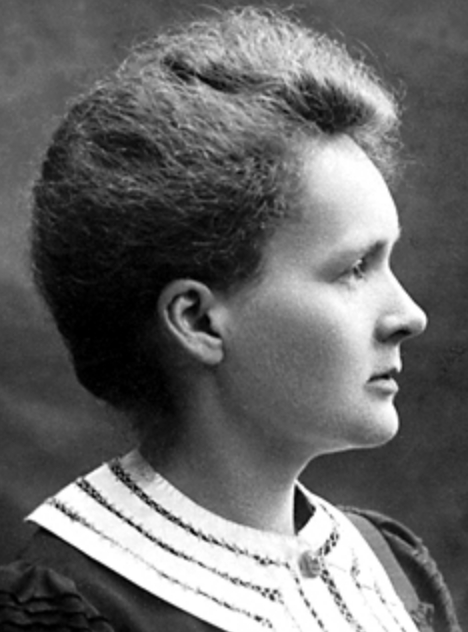
On this date in 1867, two-time Nobel Prize winner Maria Salomea Curie, née Sklodowska, was born in Warsaw, Poland. Her father was an atheist and her mother was Catholic. The deaths of her mother and sister caused her to abandon Catholicism and become agnostic as a teen. (Marie Curie by Robert Reid, 1978.)
Curie moved to Paris to study at the Sorbonne in 1891, got her degree in math and married Pierre Curie in a civil ceremony. The couple had two daughters, Irène and Ève. Curie broke many barriers for her sex, becoming the first European woman to earn a science doctorate and the first to be awarded a Nobel Prize.
She and Pierre and physicist Henri Becquerel were jointly awarded the 1903 Nobel Prize in Physics “for their joint researches on the radiation phenomena discovered by Professor Henri Becquerel.” She coined the very word “radioactive.” She won the 1911 Nobel Prize in Chemistry for “the discovery of the elements radium and polonium, by the isolation of radium and the study of the nature and compounds of this remarkable element.”
Pierre died tragically in 1906 at age 46 when he slipped in the street and a horse-drawn cart ran over his head. Curie took over his professorship of general physics at the University of Paris, winning another first for women. She was also the first person and only woman to win a Nobel Prize twice and the only person to win a Nobel in two different scientific fields.
Yet in 1911 the French Academy of Sciences failed in a close vote to elect her as a member. Before the election, she was vilified by the right-wing press as a foreigner and atheist. Not until 1962 would a woman, ironically a doctoral student of Curie’s, be elected.
She became director of the Curie Laboratory in the Radium Institute of the University of Paris in 1914 and spent much of the rest of her life pursuing the goal of “easing human suffering.” Her daughter Irène and her husband Frédéric Joliot-Curie were jointly awarded the 1935 Nobel Prize for Physics for synthesizing new elements.
Her daughter Ève in her memoir “Mme. Curie” (1937) described all family members as rationalists. Curie wrote in 1923 that Eugène Curie, her physician father-in-law, was “a free thinker and an anticlerical, he did not have his sons baptized, nor did he have them practice any form of religion.”
Curie died at age 66 of aplastic anemia attributed to radiation exposure. In 1995 she became the first woman to be entombed on her own merits in the Panthéon in Paris. (D. 1934)
"Pierre belonged to no religion and I did not practice any."— Marie Curie, "Pierre Curie" (1923)
